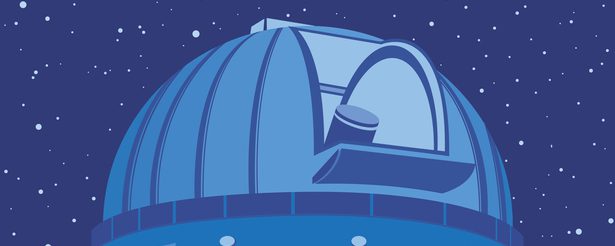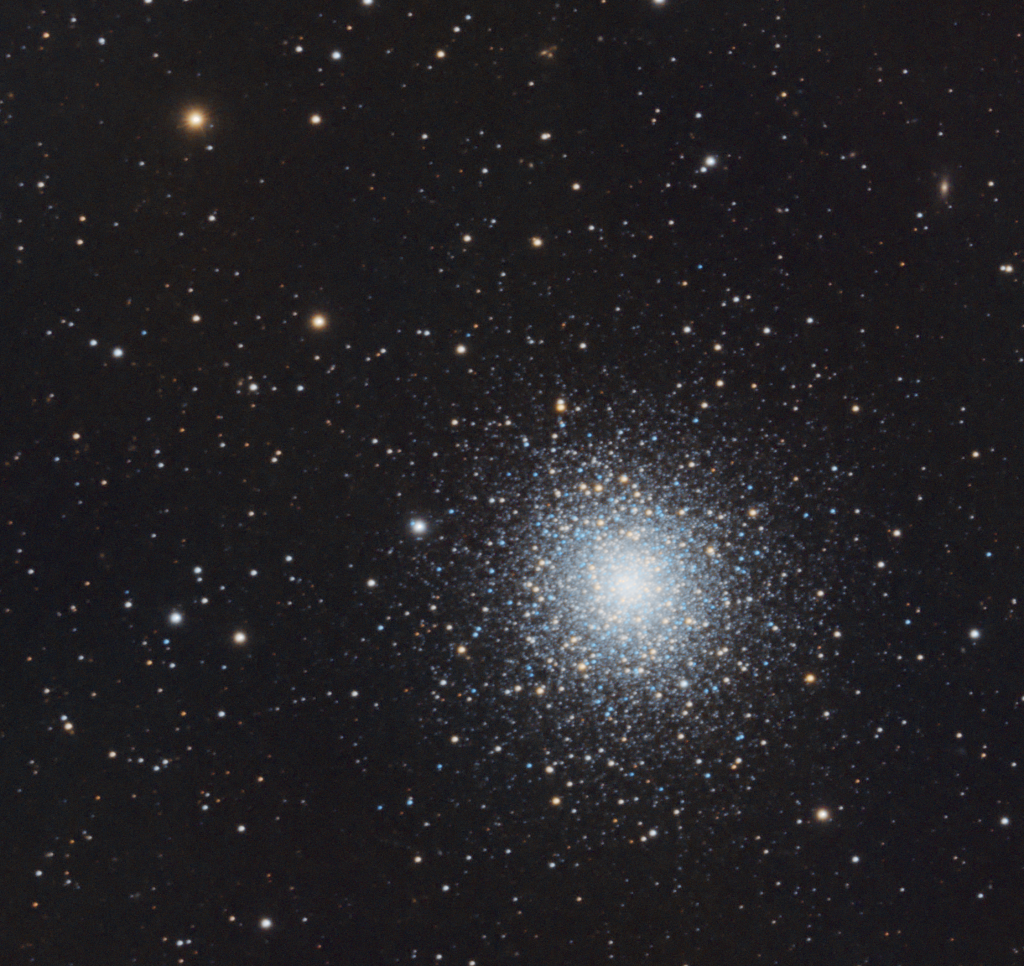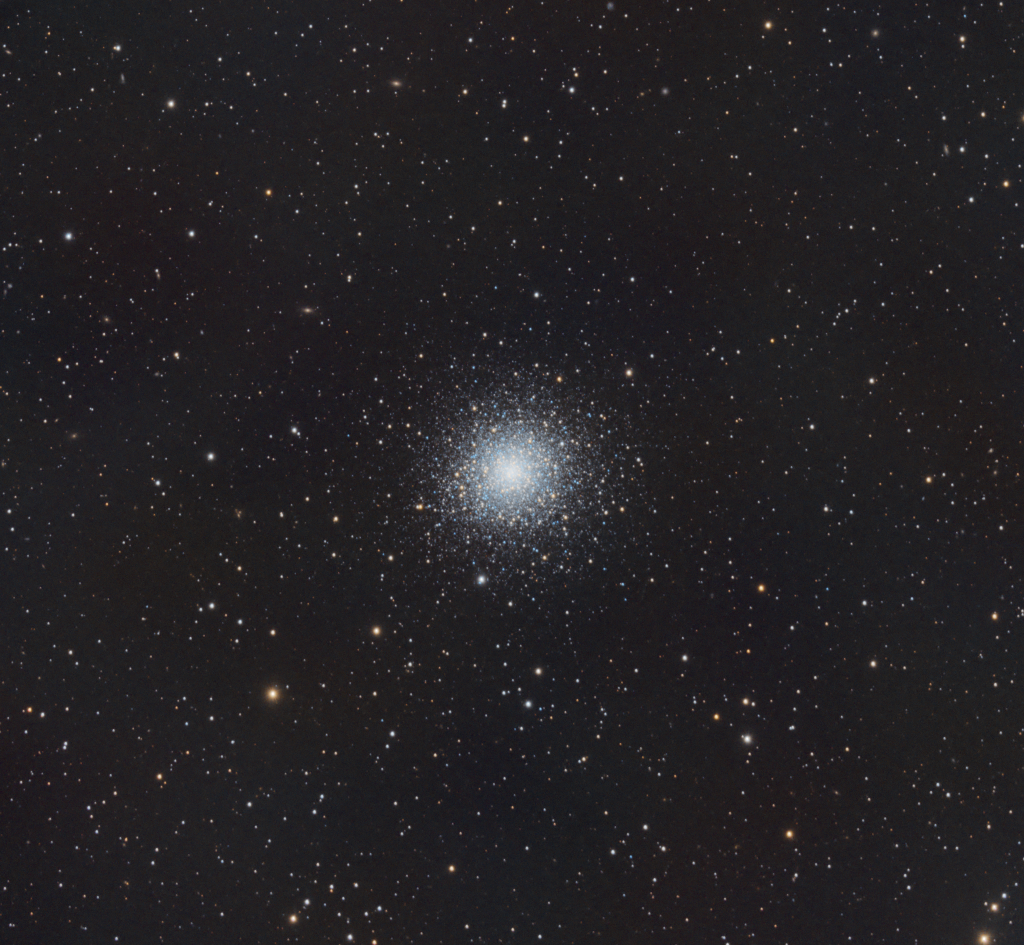
Similar Posts
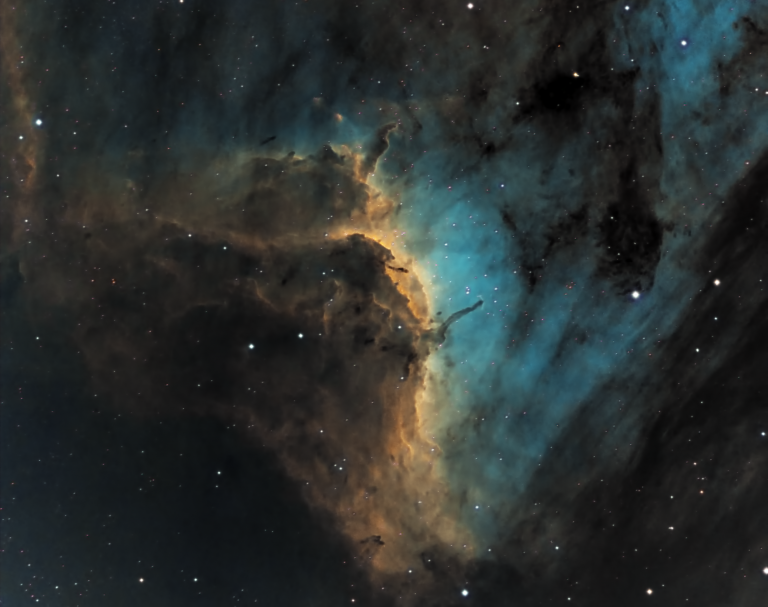
The Pelican Nebula
Granted this is only a portion of it, but for the life of me I don’t see a pelican in this thing. But, it’s still pretty. I processed this object two ways: using the “Hubble palette” that maps red, green, and blue to Sulfur, Hydrogen, and Oxygen emissions (that results in the pretty blue one)…
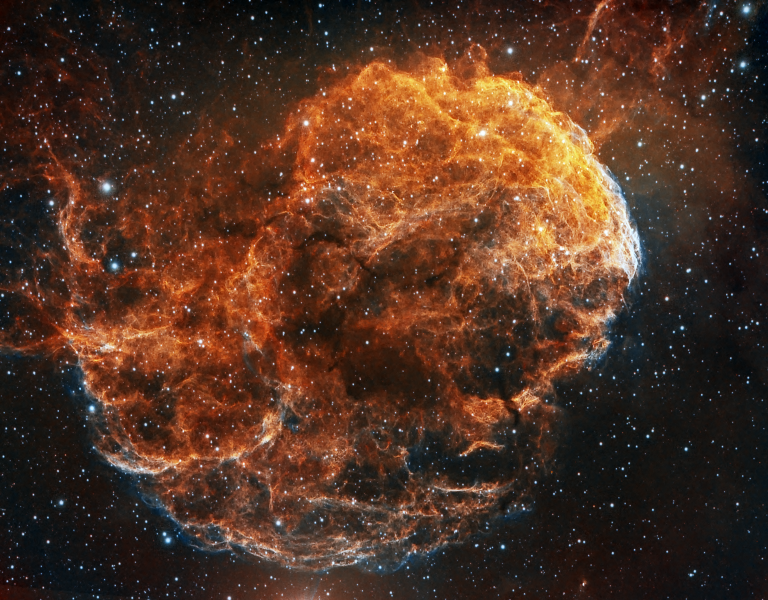
Space Jellyfish!
This is IC443, commonly known as the “Jellyfish Nebula” for obvious reasons! IC443 is a supernova remnant about 5,000 light-years away. This is a false-color, narrowband image consisting of a total of 20 hours of exposure time.
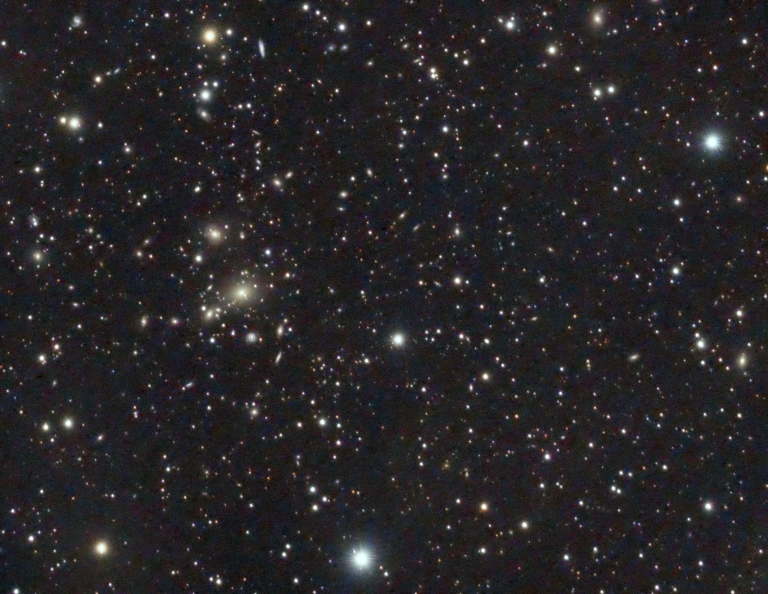
So. Many. Galaxies.
If you point your telescope outside of the Milky Way, you’re almost guaranteed to pick up very distant galaxies, because there are just so many of them out there. This patch of sky inside Cancer is a cluster of galaxies called Abell 671. If you click the image and look at it full size, you’ll…
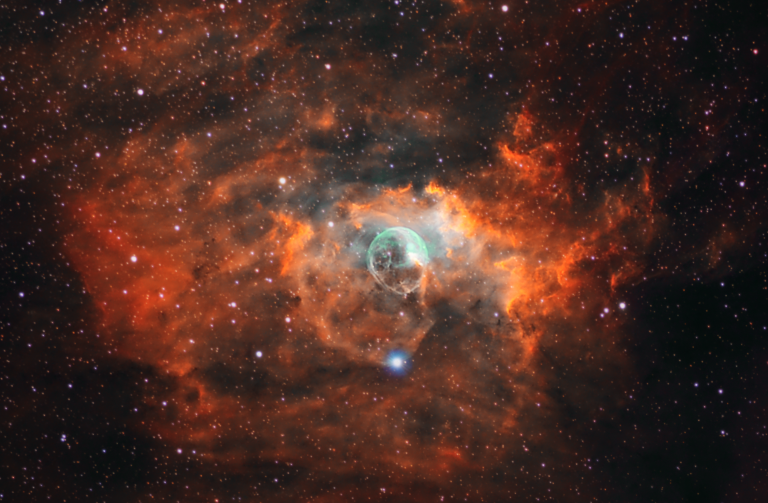
The Bubble Nebula, take… whatever
Every year I try and do a better job of capturing and processing the Bubble Nebula in Cassiopeia. Here’s this year’s attempt. The Bubble Nebula is one of my favorite objects. Not only is it interesting scientifically (the bubble is the stellar wind of a hot O-type star blowing away the surrounding gases,) it’s also…
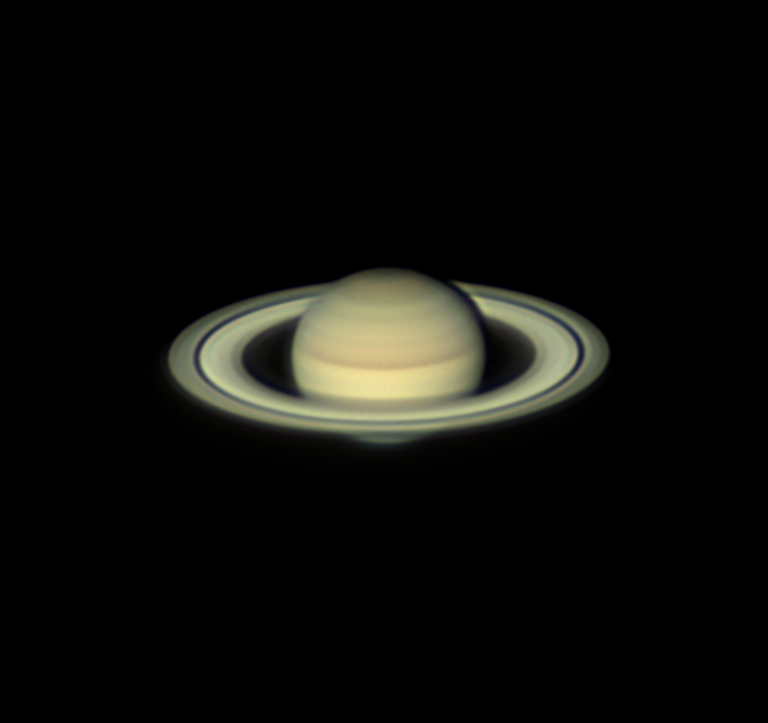
Early-morning planetary imaging
We recently obtained a new telescope for observing the planets, and we had our first good conditions for planetary imaging this morning! This is the best image of Jupiter I’ve ever gotten, and I’m hopeful that it will be even better once it gets closer to Earth in a couple of Months. Saturn’s not looking…
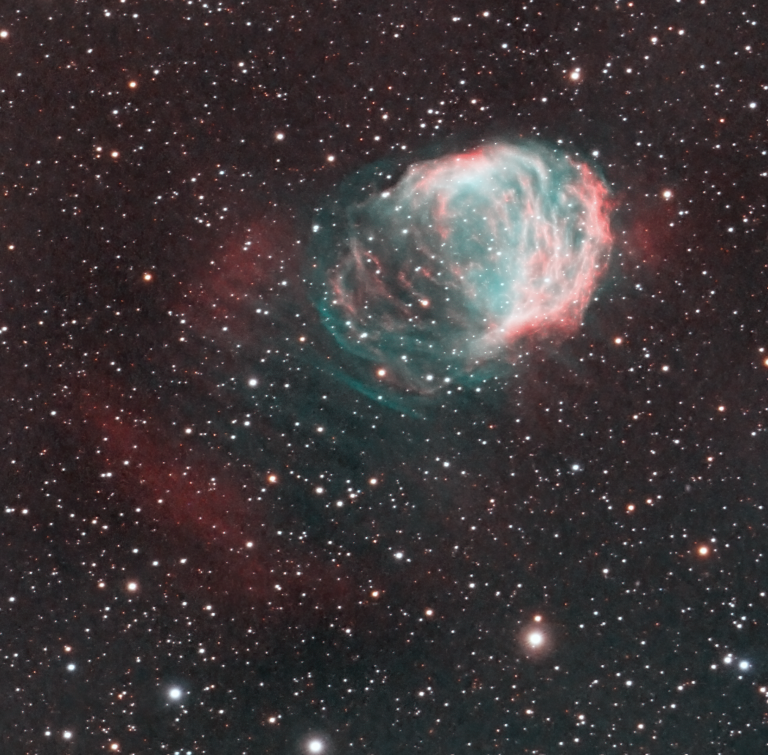
The Medusa Nebula
This is planetary nebula PK205+14.1, but its common name “The Medusa Nebula” rolls off the tongue a little better. About 1500 light-years away within the constellation Gemini, you’re seeing the gas blown off by a small star that ran out of fuel, and blew up into a red giant – later to end its life…
